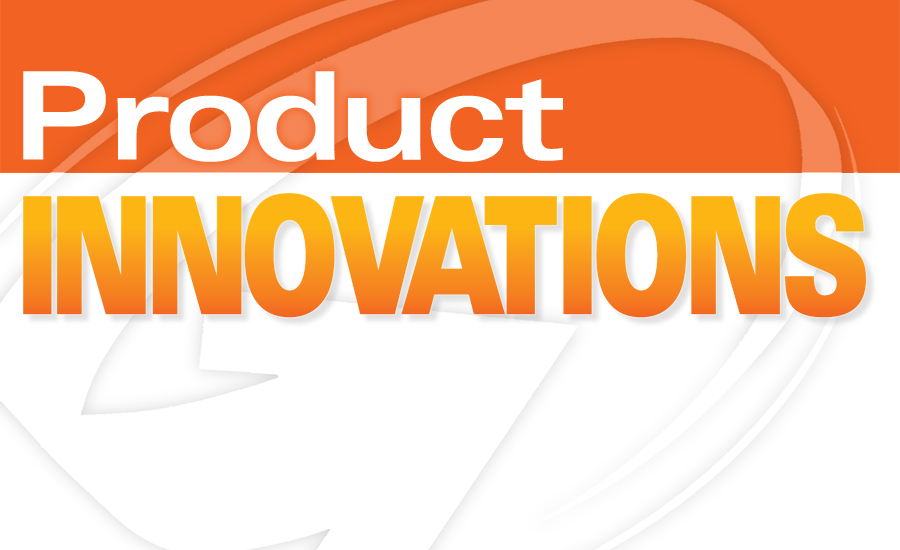Robotic systems offer construction industry a solution to work-related hand injuries

Anyone who has worked in construction knows that there is potential to suffer on-the-job injuries. The strain associated with heavy lifting or even repetitively performing the same activity, puts workers at risk of being injured every day. Exoskeletons are an emerging solution to this problem and reduce the risk of work-related injuries in highly manual environments, such as construction sites. Exoskeletons can also reduce work-related fatigue and improve overall quality and productivity.
Exoskeletons are wearable robotic systems that enhance the abilities of the people who wear them. They go around a user’s body or part of the user’s body so that they can move with the person when they are performing tasks. A range of models protect against different injuries.
Back, knee, and shoulder injuries are responsible for 66 per cent of all worker compensation costs, according to the U.S. Department of Labor. To meet the need to reduce these injuries, SuitX, a California-based company, has developed three industrial exoskeletons modules to be used by the workers: backX, to reduce low back forces while bending forward; legX, to reduce knee joint forces while squatting; and shoulderX, to reduce forces in the shoulder complex during overhead operations.
By using modules workers can pick and choose the best system for them without needing to wear extra hardware that wouldn’t help them with their jobs. This results in the lightest and most economic exoskeleton solution. Laboratory and field evaluations show that suitX’s exoskeletons reduce the forces in the lower back, knee joints and the shoulder complex by about 60%, which leads to a substantial reduction of injury risk for the workers.
Not only can these exoskeletons reduce the risk of injury, but they also substantially increase the productivity of construction sites. Workers equipped with the shoulderX exoskeleton were able to finish grinding and buffing jobs scheduled to be completed in two days in just a single day.
Reducing worker fatigue also lowers the risk of fatigue-related mistakes and workmanship defects. For example, a welder is able to maintain a straight and high-quality weld for a more prolonged period of time when wearing a shoulderX exoskeleton.
The exoskeletons from suitX have also been developed with the specific constraints of the construction environment in mind, including infrastructure, deployment and management. The exoskeletons are fully adjustable in size, making them a one-size-fits-all wearable system. The strength output can also be adjusted through a tool-free adjustment mechanism to tailor the suits to the user strength and tasks at hand. The exoskeletons are also compatible with all tool belts and fall protection safety harnesses.
Comfort is also key. Workers will not use exoskeletons if they do not allow for comfortable operations, regardless of the benefits to their physical wellbeing. Walking, climbing and descending stairs and slopes are also common movements in various construction sites. The workers who load delivery trucks are often also the same people that drive the truck or forklift, so an exoskeleton must not impede motions, such as climbing into and operating a cab.
In five years’ time, further fundamental developments are expected to include embedded intelligence that will allow exoskeletons to adapt to a worker’s posture and task type. The ability of exoskeletons to adapt to all types of locomotive movements, such as stairs and ladder climbing and even running fast will be of paramount importance if they are to provide maximum assistance and safety without any delay. Future hardware will also see the miniaturization of components such as actuators, batteries and sensors.
In general, the construction industry is open to the use of exoskeletons to improve quality of work and enhance productivity. However, this is conditional on the new systems successfully lowering the burden on managers, achieving worker acceptance and delivering suitable tool compatibility, robustness and cost.
If the use of exoskeletons leads to extra work and planning for the managers, then their adoption in the industry is likely to be hindered. Equally, if the devices cause discomfort or physically impede the workers, employees will be reluctant to make use of the technology. As we move towards a more progressive work environment, we need to align the development of exoskeleton systems with these critical performance goals.
Source: Homayoon Kazerooni is a professor at the University of California in Berkeley and co-founder and chief scientist at SuitX www.suitx.com
Looking for a reprint of this article?
From high-res PDFs to custom plaques, order your copy today!








